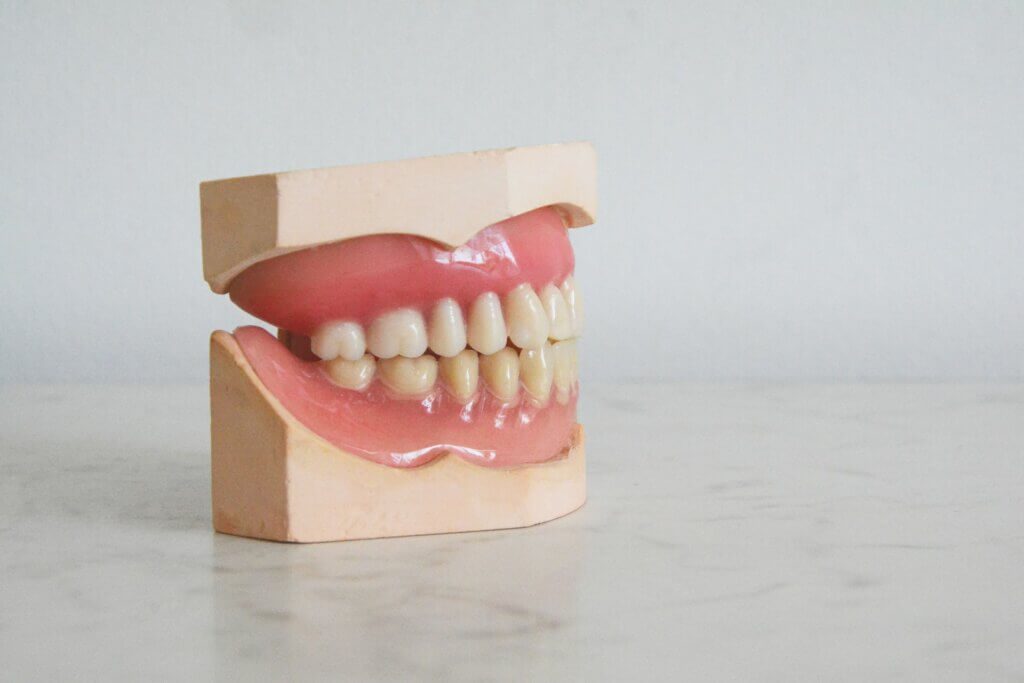Fleas are a common yet troublesome issue for both cats and their owners. These tiny pests not only cause discomfort and skin irritation in felines but also pose potential health risks if left untreated. To ensure your cat's happiness and health, it's vital to grasp efficient flea control methods.
This comprehensive guide is your go-to resource, exploring diverse facets of flea control and treatment. By delving into these insights, you'll be equipped with the knowledge needed to combat these pesky parasites effectively, safeguarding your beloved feline friend's well-being.
Understanding Fleas and their Impact on Cats
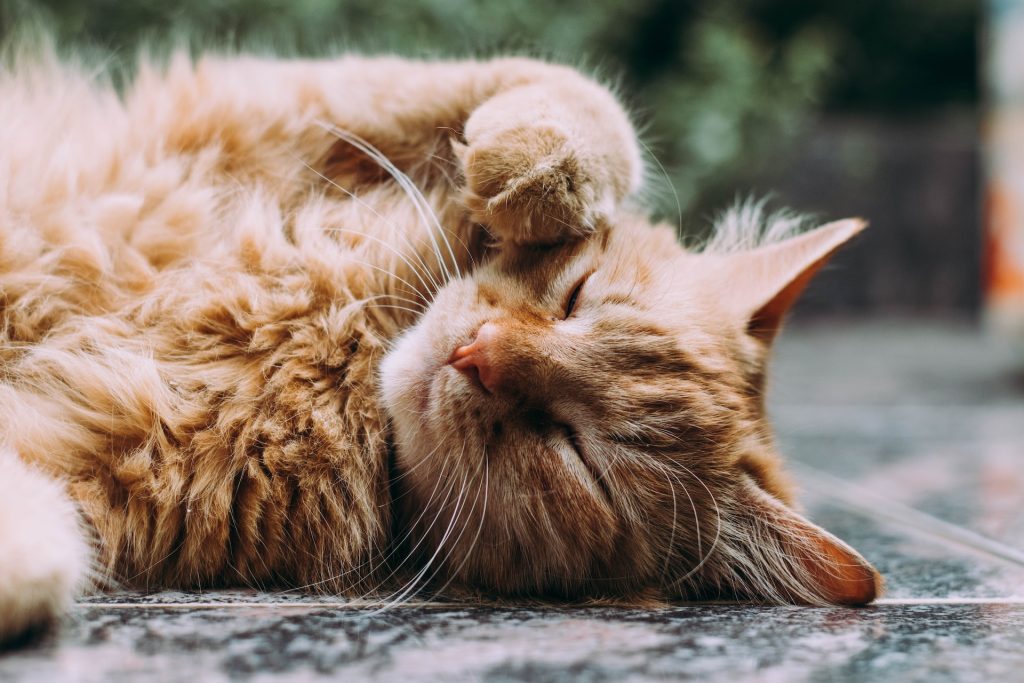
Fleas, those tiny yet troublesome parasites, often find their way onto our feline companions, causing a host of issues. Understanding the intricacies of fleas and their impact on cats is crucial in ensuring our pets lead healthy, comfortable lives.
Overview of fleas and their life cycle
Fleas are wingless insects that thrive by feeding on the blood of animals, including cats. They undergo a life cycle consisting of four stages: egg, larva, pupa, and adult. Flea eggs are laid on the host animal but easily fall off into the surrounding environment. In favorable conditions, these eggs hatch into larvae, which then spin cocoons, eventually emerging as adult fleas ready to feed.
Impact of fleas on cats' health
Flea infestations can significantly impact a cat's health. These parasites cause skin irritation and allergic reactions due to their bites, leading to incessant scratching, hair loss, and skin infections. In severe cases, especially in young kittens or cats with weakened immune systems, flea infestations can result in anemia due to blood loss, causing weakness and lethargy.
Common Signs of Flea Infestation In Cats
Identifying a flea infestation in cats involves observing telltale signs. Excessive scratching or biting at the skin, especially around the neck, back, and base of the tail, is a primary indicator. Flea dirt, resembling tiny black specks on the cat's fur, is another sign. When wetted, this dirt turns reddish-brown, indicating the presence of digested blood, confirming a flea problem.
Additionally, visible flea eggs or adult fleas on the cat's fur are clear indications of an infestation. Recognizing the life cycle of fleas, understanding their health impacts on cats, and being vigilant for signs of infestation are critical aspects of responsible cat ownership. Prompt action upon detecting fleas is essential to prevent discomfort and health complications for your beloved pet.
Implementing regular flea prevention measures, such as using vet-approved flea preventatives, maintaining a living environment, and routinely grooming your cat, can significantly reduce the risk of flea infestations and keep your feline companion happy and healthy. Regular check-ups with your veterinarian can aid in early detection and effective treatment, ensuring your cat remains free from the perils of flea infestations.
Prevention Strategies for Flea Control
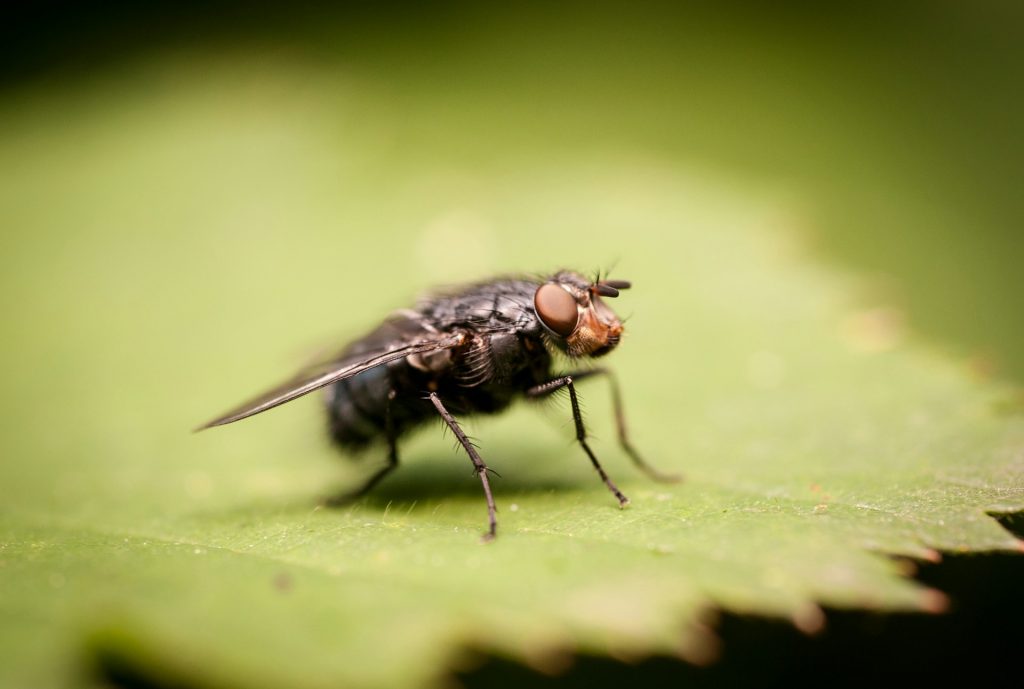
Ensuring your cat remains free from flea infestations involves more than just treating the problem when it arises. Implementing preventive measures is key to safeguarding your furry friend's well-being and maintaining a flea-free environment.
Regular grooming practices and their significance
Grooming isn't merely about keeping your cat looking pristine; it's a powerful preventive tool against fleas. Regular brushing helps remove dirt, debris, and potential flea eggs or larvae from your cat's fur.
Additionally, it allows you to spot any signs of fleas early on, enabling prompt action. Bathing your cat with a vet-approved flea shampoo can also help eliminate existing fleas, although this method should be used cautiously, considering a cat's sensitivity to certain products.
Environmental management tips to prevent flea infestation
Fleas don't just reside on your pet; they also lurk in your home environment. Vacuuming carpets, rugs, and upholstery regularly can help eliminate flea eggs, larvae, and pupae from your home. Focus on areas where your cat spends most of its time.
Washing your cat's bedding in hot water can also help kill fleas and their eggs. Consider using flea control products, such as sprays or foggers, in consultation with a veterinarian, to treat your home environment effectively.
Importance of maintaining a clean space
A clean space is crucial in preventing flea infestations. Regularly mowing your lawn and keeping outdoor areas tidy reduces flea habitats. Indoors, decluttering and minimizing areas where fleas might thrive, such as dark and humid spots, can significantly reduce the likelihood of infestation.
Additionally, vacuuming furniture, floors, and pet resting areas not only removes flea eggs but also eliminates other pests that might serve as hosts for fleas.
Implementing these preventive measures as part of your routine can greatly reduce the risk of flea infestations in your home. However, it's essential to remember that preventing fleas entirely might not always be possible, especially in outdoor cats or in areas with high flea populations.
Regular consultations with a veterinarian can provide tailored advice on the best preventive treatments for your cat. Vet-approved flea preventatives, available in various forms like spot-on treatments, collars, and oral medications, can provide ongoing protection against fleas. These preventive measures, combined with regular grooming practices and environmental cleanliness, form a comprehensive approach to flea control, ensuring your cat remains comfortable, healthy, and free from the annoyance of flea infestations.
Effective Treatment Options for Flea Infestation
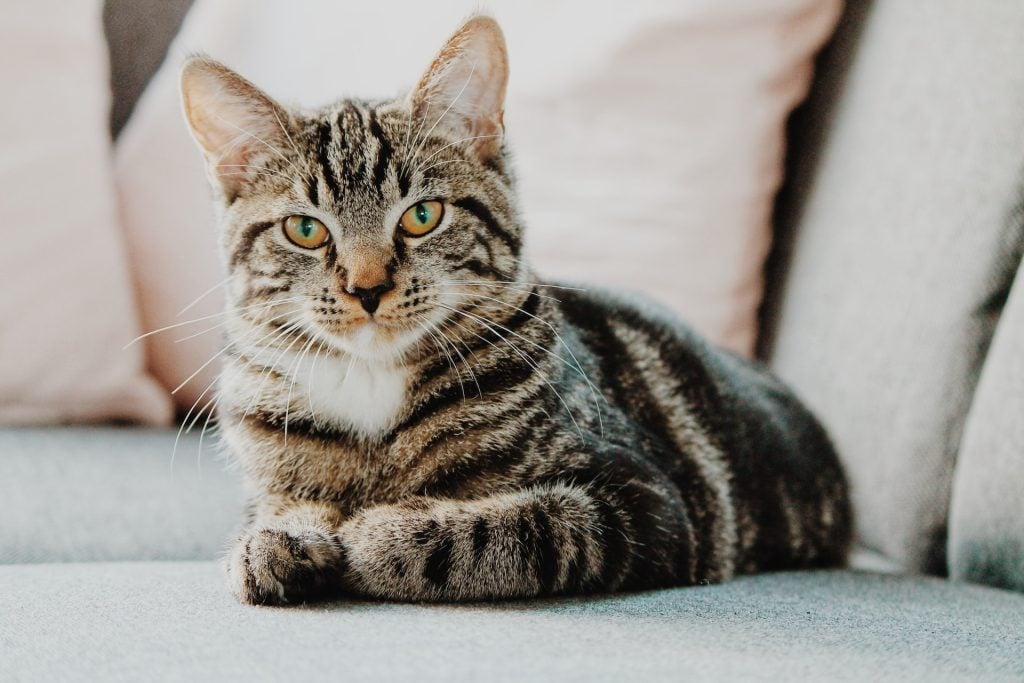
Addressing a flea infestation in your cat requires careful consideration of various treatment options. Understanding these methods and their effectiveness is essential in effectively combating these pesky parasites.
Topical treatments: Spot-on solutions and their efficacy
Spot-on treatments are popular and effective solutions for flea control in cats. These treatments involve applying a liquid directly onto the skin at the back of the cat's neck. The active ingredients in these spot-on solutions spread over the skin, providing protection against fleas. They are known for their efficacy in killing fleas and preventing re-infestation for a designated period, typically ranging from one to several months, depending on the product.
Oral medications for flea control in cats
Oral medications are another effective option for flea control. These medications come in the form of pills or chewable tablets and work by targeting fleas once they bite the cat. They often contain active ingredients that inhibit flea reproduction or kill adult fleas. Oral medications can offer convenience and are useful for cats who dislike topical treatments. They provide systemic protection and can effectively eliminate fleas within a few hours to days after administration.
Flea collars and their effectiveness
Flea collars are worn around the cat's neck and release chemicals that repel or kill fleas. While some flea collars offer limited protection and may only target fleas around the neck area, newer formulations provide longer lasting and more comprehensive protection. These collars emit active ingredients that disperse throughout the cat's skin and coat, offering protection against fleas for several months.
Natural Remedies and Their Role in Flea Treatment
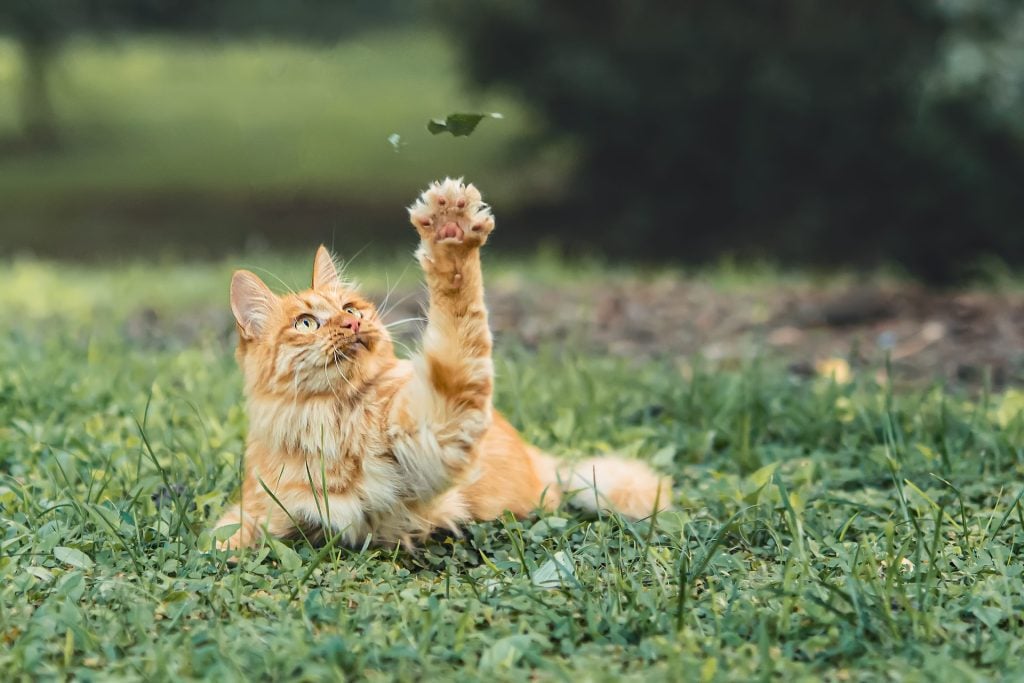
Some cat owners prefer natural or alternative remedies for flea treatment. While natural remedies like essential oils, herbal collars, or homemade sprays might offer mild repellent effects, their efficacy in treating established flea infestations is often limited. It's crucial to exercise caution with natural remedies as some ingredients can be toxic to cats. Always consult a veterinarian before using any natural flea treatment on your cat.
Choosing the most suitable treatment option for your cat depends on factors such as the severity of the infestation, your cat's preferences, and any underlying health conditions. Consulting with a veterinarian is essential to determine the safest and most effective treatment for your cat's specific needs. Combining appropriate treatment with consistent preventive measures ensures effective flea control, promoting your cat's comfort and overall well-being.
Addressing Flea Infestation in Multi-Cat Households
Addressing flea infestations in multi-cat households presents unique challenges due to the increased risk of rapid flea spread among multiple pets. Considerations and strategic approaches are essential for effective flea control in such environments.
Challenges and considerations in treating multiple cats for fleas
Managing flea treatment in a multi-cat household requires consideration of various factors. Individual cats may have different sensitivities to treatments, complicating the choice of flea control products. Additionally, territorial behavior among cats can hinder the uniform application of treatments, potentially leading to unequal protection against fleas. Moreover, untreated cats can serve as reservoirs for re-infestation, undermining the overall effectiveness of flea control efforts.
Tips for managing flea treatment efficiently in multi-cat environments.

To streamline flea treatment in multi-cat households, start by ensuring all cats are treated simultaneously using vet-approved flea control products suitable for each cat's age and health status. Separate treated cats from untreated ones during the initial application phase to prevent cross-contamination. Implement a strict schedule for ongoing flea prevention and treatment, ensuring regular and consistent application for all cats. Consider using preventive treatments like spot-ons or collars for long-term protection. Regularly vacuum and clean the house to reduce flea populations in the environment.
Communication with your veterinarian is crucial for tailored advice on managing flea infestations in multi-cat homes. Creating a comprehensive flea control plan and diligently following through with treatments and preventive measures for all cats is key to effectively eradicating fleas and ensuring a flea-free and harmonious environment for your feline companions.
Seeking Professional Help
When to consult a veterinarian for flea infestation
Consult a veterinarian promptly if your cat exhibits severe flea-related symptoms such as excessive scratching, hair loss, skin irritation, or signs of anemia. Additionally, seek professional guidance if over-the-counter treatments prove ineffective or if your cat has underlying health conditions requiring specialized flea control approaches.
Consistent flea control measures for cats' health and happiness
Effective flea control isn't a one-time task; it's an ongoing commitment crucial for your cat's well-being. Regular grooming, preventive treatments, and environmental cleanliness are essential. Consistency is key. By staying vigilant, promptly addressing infestations, and seeking professional advice when needed, you ensure your cat's comfort and happiness, free from the discomfort and health risks posed by fleas. A veterinarian's guidance is invaluable in tailoring the best flea control plan for your cat, contributing to their overall health and quality of life.
Conclusion
In conclusion, a proactive stance integrating prevention and effective treatments is essential in maintaining a flea-free environment for cats. By comprehending flea control intricacies and employing appropriate strategies, cat owners safeguard their feline friends' well-being, ensuring a comfortable and healthy life for their cherished companions.




